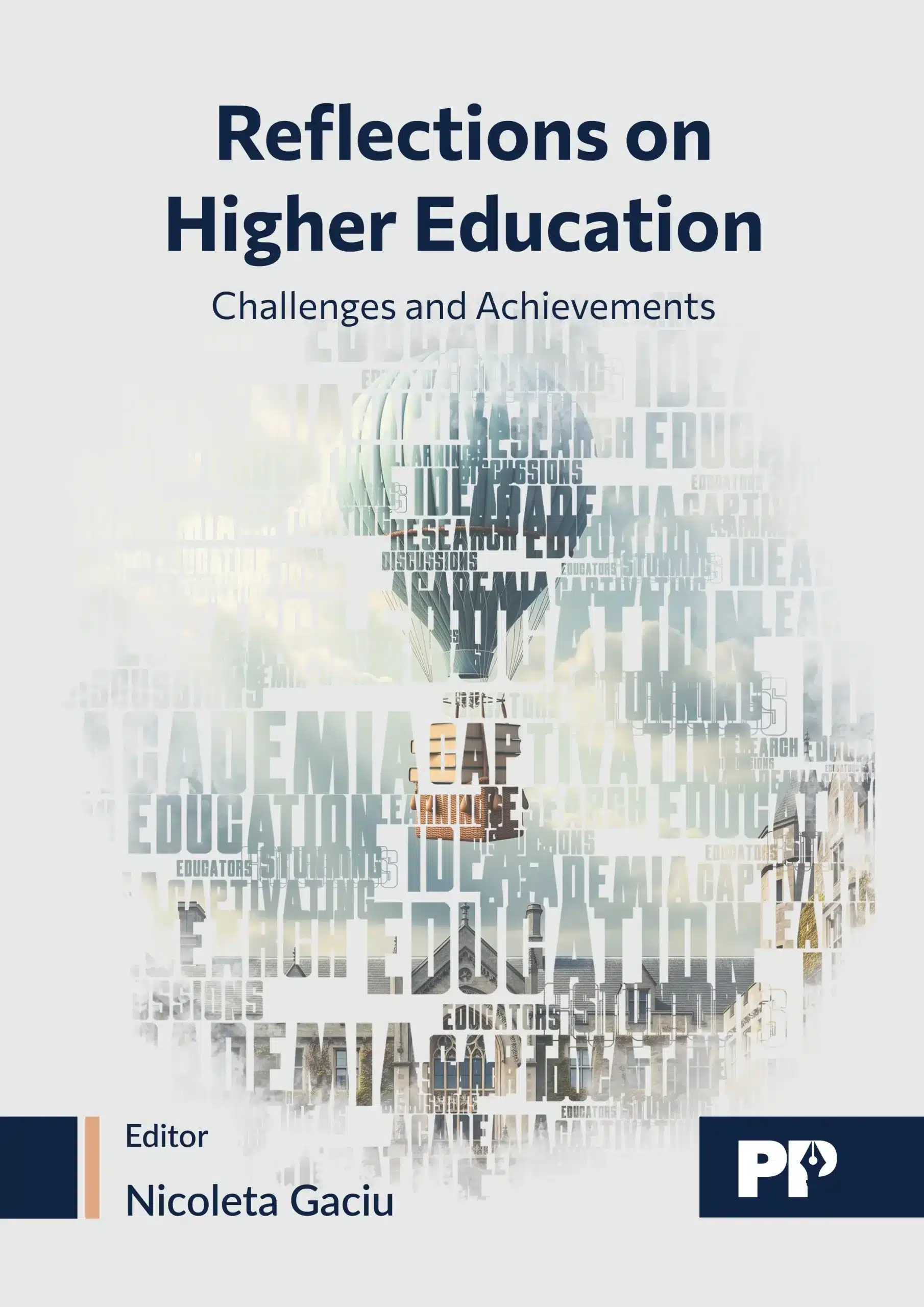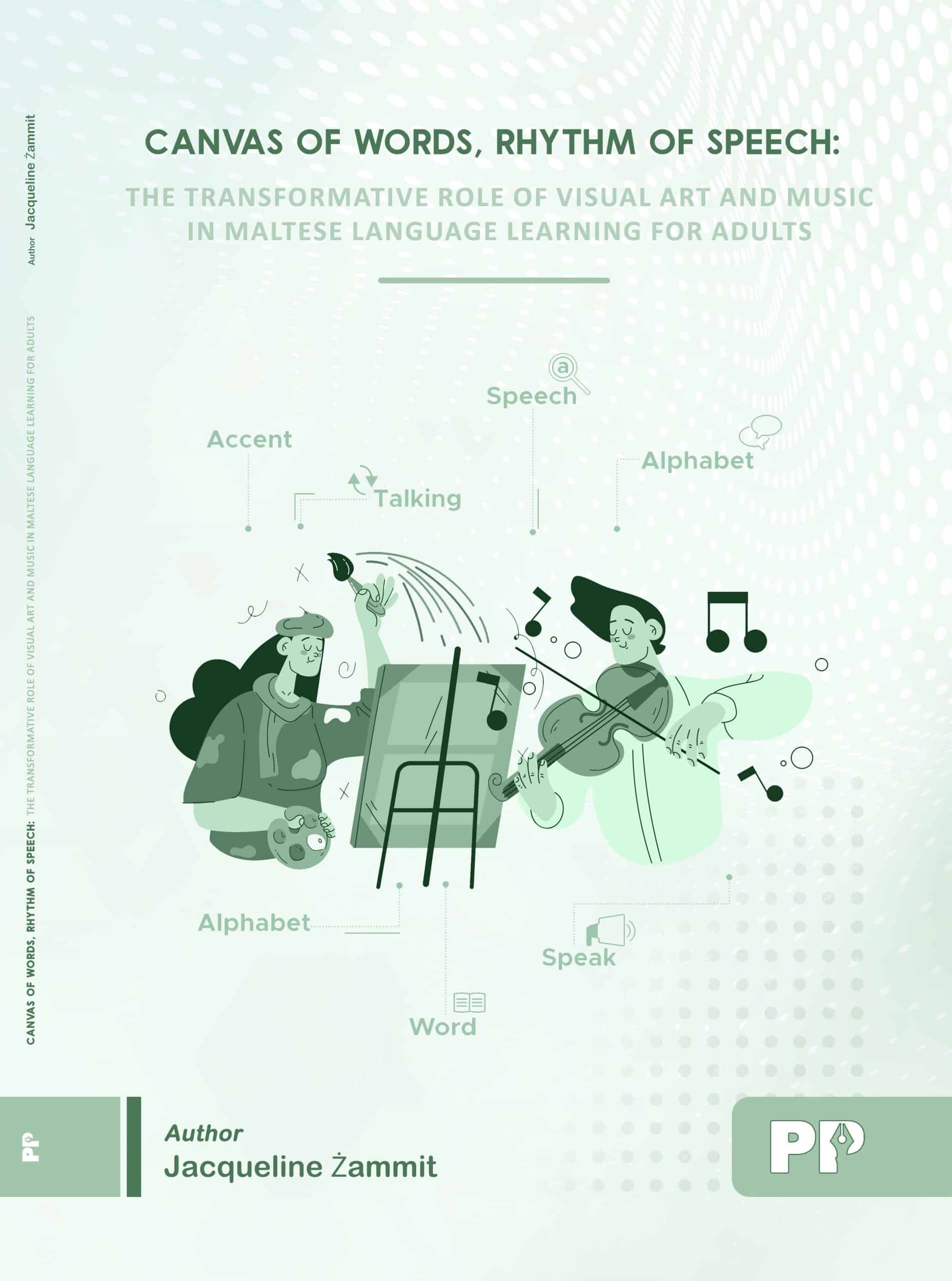Chapter And Authors Information
Content
In the Name of the Algorithm and the Mind
We live in an age of seamless submission. Not because freedom has been taken away, but because obedience has been aesthetically integrated into our everyday rituals. The digital environment no longer demands loyalty; it elicits it through interface design, personalisation, and emotionally calibrated frictionlessness. As Gillespie et al. (2014) argue, media technologies should be understood as communication tools and infrastructures that shape epistemic environments, framing what is visible and what can be known. What we perceive as autonomy is, in many cases, a well-orchestrated performance of freedom.
We are not choosing freely; we are consenting within pre-curated limits. Modern algorithmic systems operate beneath the threshold of conscious scrutiny. Their success depends not on visibility but on affective invisibility. As Broussard (2018) observes, this invisibility is not an accident but a design strategy that hides bias behind the illusion of objectivity while ritualising its repetition as common sense. They do not ask for attention; it becomes the background to thought itself. As digital infrastructures mediate knowledge, interaction, and perception, the user is gradually configured to trust without verification, to choose without reflection, and to navigate within boundaries designed to feel boundless.
This monograph begins with a question that has remained under-articulated in scholarly literature: What does obedience mean in the digital condition? Not political obedience nor legal submission, but the quiet, cognitive, and affective compliance that arises when algorithms govern the conditions under which we form beliefs, assess risk, and assign trust. This monograph is not about the mechanics of technology, but about the perceptual and emotional conditions it creates.
Regarding the reorganisation of interiority in a context where users are subject to increasingly sophisticated regimes of prediction and persuasion, power no longer operates through explicit instruction but through ambient influence. This condition resonates with Tuđman’s (2008) articulation of the informational battlefield as an epistemic terrain, where perception becomes the primary site of strategic intervention. Han (2017) describes this ambient modality as a psychopolitical shift, where freedom is internalised as self-optimisation, making obedience feel like personal clarity. In this landscape, concepts such as freedom, responsibility, and consent demand redefinition ; not because they are obsolete but because they are being simulated.
The theoretical starting point of this work is that obedience today is epistemic before it is behavioural. Before users act, they perceive. Before they perceive, systems have filtered, framed, and ranked what is visible, urgent, or credible. For example, before users decide what to watch or read, platforms such as Netflix or TikTok have already surfaced content that fits past preferences, reinforcing a sense of agency while narrowing the options field. Hui (2015) conceptualises digital objects as ontological operators ; not passive containers of data but active mediators that prefigure the terms of perception itself.
What was once the domain of deliberate thinking is now a function of curated exposure. As Andrejevic (2013) notes, the saturation of information environments does not expand agency; it often replaces judgment with algorithmic preselection, framing cognition as a function of exposure rather than deliberation. This shift demands a new vocabulary that does not pathologise the user but interrogates the systems that render submission effortless. A structured glossary of terms used throughout the monograph is provided in Appendix C, facilitating interdisciplinary translation of the concepts. The central concept proposed in this monograph is the epistemology of obedience: a condition in which knowing, trusting, and deciding are algorithmically intertwined. It is not that users no longer think; it is that the architecture of digital life increasingly feels for them, not by replacing their thoughts, but by shaping their preconditions.
This epistemology is soft, fluid, and affectively intelligent. It presents itself not as domination but as help, not as control but as comfort. Calo (2017) warns that such comfort-driven design displaces traditional legal consent frameworks, creating normative environments outside user awareness. To think through this condition, I introduce the concepts of algorithmic will and grace. The former refers to the structure of decision-making in which the user believes they are expressing their will while enacting options shaped by system logic. The latter, algorithmic grace, speaks to the aesthetic and emotional register through which digital environments grant users personalised responses that simulate care, forgiveness, and redemption. Spotify’s “Discover Weekly” or Amazon’s product suggestions are typical examples; they present recommendations as benevolent guidance, creating the affective illusion of attentiveness or care.
These concepts are not drawn from existing theoretical vocabularies; they are constructed as epistemic tools for articulating the affective logic of digital power. A comprehensive inventory of these original concepts and their operational definitions is provided in Appendix A. Algorithmic will address the illusion of autonomy structured through system-compliant affordances. Emotional architecture captures how interface design preconditions the user’s affective responses, converting friction into flow. Predictive submission refers to a state in which the user’s behaviour aligns with platform expectations not through instruction but through the anticipatory configuration of comfort and coherence. These are not metaphors. They are structural categories that frame the core tension of digital subjectivity: how consent is designed, how emotion is calibrated, and how freedom becomes a ritual of legibility.
These are not theological metaphors. They are structural analogies that illuminate how deeply algorithmic systems intersect with human vulnerability. This work is situated at the intersection of communication theory, cognitive studies, security discourse, and the philosophy of technology. It builds upon existing critiques of surveillance capitalism, data extraction, and digital governance but moves beyond them. Rather than focusing on institutions of power, it concentrates on the conditions of internalisation, the micro-rituals of submission that characterise digital life. From clicking “accept all” to scrolling past risk to confusing familiarity with truth, digital obedience is less a crisis than a condition.
Furthermore, it is in that condition that this monograph finds its urgency. While many disciplines have addressed aspects of algorithmic life-law, media studies, sociology, and information science, few have attempted to theorise the epistemic mechanics of user subjection. That is the ambition of this monograph. To name what is not yet fully named. To describe a phenomenon that remains experientially pervasive yet conceptually elusive. Galloway (2012) frames this elusiveness as a defining feature of protocol governance, where control is not imposed vertically but embedded horizontally within networks of permission. This is not an empirical study, but it is not speculative either. It draws upon structured patterns, observable behaviours, theoretical precedents, and interpretive logic. It acknowledges existing scholarship while making a decisive break from frameworks that reduce users to passive victims or naïve actors.
The digital subjects of this monograph are not powerless, but they are malleable. Moreover, in this malleability, the core tension lies in how freedom can be performed under conditions of algorithmic prefiguration. The monograph’s structure follows a deliberate arc from concept system to case and model. Deibert (2020) insists that reclaiming agency in digital systems requires rethinking civil infrastructures as public goods, not just commercial platforms but shared epistemic environments.





Comments





